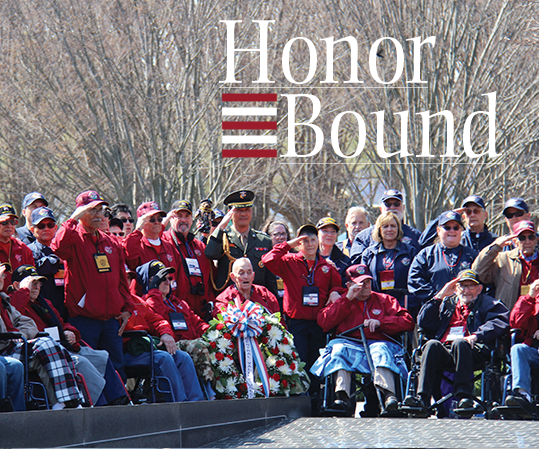On the northeast side of Beyer Park in Modesto, natural earthen mounds mark the spot where the Awesome Spot will be, a 1.7-acre project that is designed to be an all-inclusive playground for everyone from disabled children to parents and grandparents.
The playground doesn’t specifically cater to those with special needs, rather, it is meant to be a place where all kids and grown-ups can have fun together without any limitations.
Looking at the conceptual designs, the Awesome Spot does appear very carefully planned. But it goes further than clever placement of a human-sized chime or gradual inclines that lead to a 10-foot elevated view.
Everything has been meticulously selected and located so that every sense is tested and pushed to its limit.
We all know the five senses are important, and those have been covered well. There are special allergen-free plants with different textures that kids can play with. Go ahead, pull those horsetail reeds and make a whistle. This isn’t a spot where you’ll hear a parent say “Don’t touch that!” or “Get down from there!” Sights and sounds abound, but there is deeper meaning simmering under the surface.
There is a very fine attunement of what is called the proprioceptive system. This is a sense that children on the autism spectrum need exercised because they require more input, specifically, jarring. That’s where the roller slides come in. It gives them a feel of pressure, and as they slide down there is stimulation of their bones and joints.
Then there’s the vestibular sense, which deals with balance and gives a feeling of spatial orientation. The rubber mounds are perfect for this because they use climbing as a way to navigate through space.
There’s also an emphasis on having a cause and effect environment. Walk up to the lion and it roars. Turn the steering wheel on the Jeep and the headlights turn on, highlighting the savanna in front of the driver. Push the buttons on the sensory wall and the lights come on.
Nature is the unifying theme, with the park being divided into different areas: the swamp cruise, the savanna safari and the rainforest excursion.
But it all started as a seed in the mind of a parent and community advocate.
When Rachel Loredo heard about an all-inclusive park opening in Palo Alto, she wrote to thank the founders for giving her son Tommy, who struggles with congenital deformities and physical abnormalities, a place to feel included. She then had an idea to do the same thing in Modesto, and from there the project got off the ground.
Loredo soon got into contact with Chad Kennedy, the principal landscape architect for O’Dell Engineering, the firm that is handling the layout of the park as well as some of the fundraising organization. While he was working on his Master’s degree at Utah State, he also worked with the Center for Persons with Disabilities. It’s there that he saw the rewards from doing something that has the potential to change a life.
He’s so passionate about the playground that he and his firm aren’t taking a salary for their work. It’s not about the profit, Kennedy says.
“It’s our community and we’re trying to give back. Everything we’ve done we’ve done for the good of the project.”
Also involved in making this dream happen is Kelly Gloria, a clinical director with the Central Valley Autism Project and mother of two, Michael Rosales, who assists with design, and Nathan Houx, Parks Planning and Development Manager for Modesto.
Kennedy says they’re all community advocates, and they work as a team.
“We call ourselves the TASP (The Awesome Spot Playground) team,” he says with a smile. “We’re small but mighty.”
They handle the planning for fundraisers, while Kennedy utilizes his expertise in design, permit compliance, and insights in landscape architecture.
It’s no wonder that something this expansive needs a little extra help. While getting all of the logistical elements in place is tough, it’s the money that’s the hardest part about a project of this magnitude.
There aren’t a lot of grants to qualify for, and while there are some state grants available, nearly all of the funding will come from private donors—corporations, businesses and generous citizens who want to see this vision come to fruition.
The goal is to raise $2.5 million, and as of mid-December they were about 16 percent of the way there. The team is working with some corporate sponsors to get the big donations, but there aren’t any formal pledges yet.
He has no doubt that everything will fall into place for an opening around this time next year because this park will be unique and special to the area. He envisions the Awesome Spot as being a destination spot.
“The whole region will be using this. This is something really different, something for other communities in the nation to look up to,” he says, adding that there really isn’t anything like it anywhere else in the country.
One thing that Kennedy wants to stress is that this isn’t a park just for the disabled, and doesn’t think it should be labeled as such. The parks out there right now are limited, more restrictive.
“This isn’t for children with disabilities. This is for everybody. We’re trying to make it so that there’s nobody who feels like they can’t use the park,” he says.
At the Awesome Spot senior citizens can actually play with their grandchildren instead of sitting on a bench and watching them run around in circles. Parents with disabilities can take their kids and have fun with them. It’s all about social inclusion.
And even though the Awesome Spot is only completed in the minds of the TASP team, the reality isn’t far off.
“It’s taking a little longer than we want it to,” Kennedy says, “but we’ll make it happen.”





